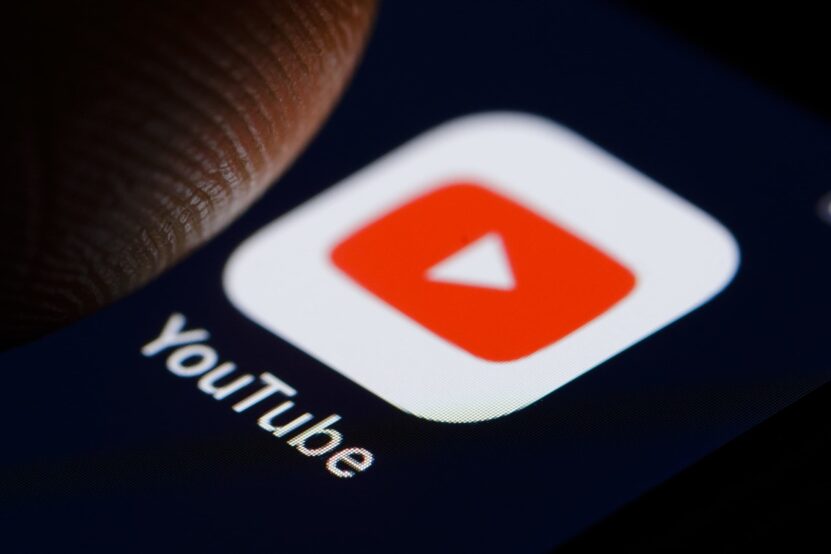Digital ad fraud is rampant these days. It is everywhere. From websites and ad networks to cell phones and streaming platforms, scammers have their tentacles in every possible digital space. They even know how to take advantage of YouTube to run their scams. If you market on YouTube, be aware.
YouTube is a fantastic platform for reaching customers. You can reach them with your own videos or by buying ads. When you buy ads, they are displayed with videos aimed at the people you are trying to reach.
Unfortunately, a big problem for YouTube marketers is hit inflation. Hit inflation takes two primary forms, both of which will be discussed in this post. Be aware of hit inflation if you market with video. Better yet, get connected with a company that offers either ad fraud protection software or live services.
Views Matter on YouTube

Before we actually discuss hit inflation, it is important to understand why the practice is so attractive to those who perpetrate advertising fraud. On YouTube, views matter. The more frequently a video is viewed, the more likely it is to be promoted by the platform itself.
In addition, a higher number of views means a higher advertising cost. Advertisers pay by the view, just as PPC advertisers pay by the click. It is in the best interests of add networks to push views as high as possible in order to increase revenues.
One last thing to note is that the most popular YouTube channels command the highest advertising rates. Advertisers pay more to display their ads through influencers with millions of followers as compared to others with just a few hundred.
Two Types of Hit Inflation
As previously mentioned, hit inflation takes two primary forms on YouTube. There are other ways of doing it, but these two are particularly effective. One is definitely malicious while the other is just bad business. We will start with the bad business option first.
1. Click to Support the Channel
How often do you hear YouTube publishers encourage their followers to ‘click to support the channel’? Why would they do this? Because they earn a certain percentage of the ad revenue when you do. They are supported financially by the advertisements. Of course they would want you to click.
Encouraging viewers to show their support by clicking seems completely reasonable and totally benign. But that is only because those publishers who do so are only thinking about themselves. They know that they do better when ads are clicked. They fail to realize that clicks perpetrated only to support them do not necessarily translate into sales for advertisers.
The result is a lot of clicks that don’t actually generate sales. People wanting to support the publisher respond to the call to click but don’t hang around after their browsers are redirected to the advertiser’s site. They quickly move on without even taking a look, let alone buying something.
2. Embedded, Forced Ads
A second means of hit inflation is more aggressive and nefarious. It involves placing tiny ads with legitimate links in videos. Those links redirect the user’s browser to the advertiser’s website, but just for a split second, before redirecting back to the video. It all happens so quickly that the user never notices it.
For the purposes of charging the advertiser, it doesn’t matter how quickly the whole process unfolds. The minute the redirected content page loads the advertiser is charged. The charges are the same whether a user’s browser stays on the content page or is redirected back to YouTube in a split second.
Just like encouraging clicks to support the channel, embedded ads that force browser redirection do not generate sales. Advertisers pay for clicks that aren’t bringing in legitimate traffic or qualified leads.
Advertisers Need a Comprehensive Response

Given the popularity of video in the modern culture, there are plenty of opportunities for scammers to rip off advertisers on YouTube. Google does its absolute best to identify and root out scammers. Unfortunately, they don’t always succeed. They also do not spend a lot of time trying to dissuade publishers from encouraging their viewers to click to support their channels.
So what are advertisers to do? For starters, they need a comprehensive response supported by a reputable ad fraud protection software package, like FraudBlocker. Although a software package cannot stop advertising fraud all by itself, it is a crucial tool in the overall fight against fraud.
Fraud protection software utilizes a number of strategies to detect ad fraud. Good software monitors IP addresses, timestamps, geographic locations, and other metrics that could indicate nefarious behavior by publishers. Making the best use of software requires a skilled security team that knows what to look for.
Data Is the Key
A software package’s effectiveness is directly related to the data it collects and analyzes. Likewise for human security experts. They should never rely exclusively on fraud protection software. Instead, they should be compiling and analyzing data on their own.
Ignoring advertising data means never detecting and rooting out ad fraud. Unfortunately, far too many YouTube marketers do just that. They pay for YouTube ads and then monitor clicks. But that is as far as they go. They don’t know from where those clicks come or whetherthey are actually leading to sales.
Advertisers Don’t Have To Accept It

Equally unfortunate is the fact that there is a certain level of ambivalence among advertisers, whether they market on YouTube or elsewhere. Common thinking dictates that there will always be some level of fraud advertisers have to live with. They should just suck it up, take their losses, and move on.
Companies developing such tools disagree. They say that a combination of the right software and skilled security experts can eliminate most instances of advertising fraud. Fighting back can limit an advertiser’s losses and subsequently boost legitimate traffic and sales. I am no expert, but that sounds like the better strategy to me. If you market on YouTube, what do you think?
